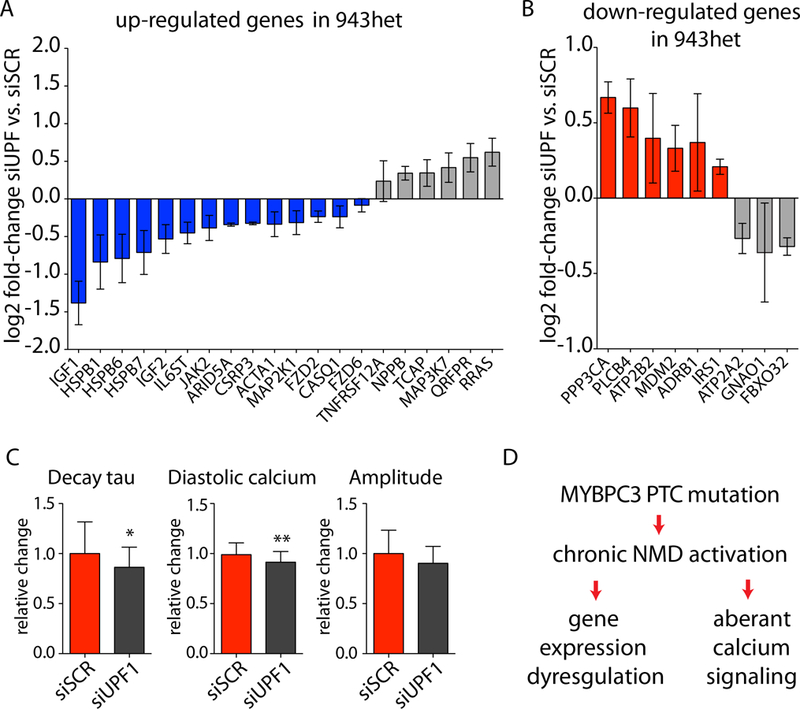Figure 5: Modulation of nonsense-mediated decay pathway reverses HCM phenotype.

Regulation of genes contributing to the molecular HCM phenotype by siUPF1 treatment compared to scramble (siSCR) control in 943het iPSC-CMs. (A) Genes upregulated in HCM (943het, ctrl) being reversed by NMD inhibition are highlighted in blue and (B) genes downregulated in HCM being reversed by NMD inhibition are highlighted in red (943het iPSC-CMs; n=3 differentiation batches; data are presented as mean log2 fold-change of siUPF1 vs. siSCR control ± SEM). (C) NMD modulation by UPF1 inhibition resulted in a reversion of calcium handling abnormalities in 943het iPSC-CMs. (D) Proposed mechanism of NMD activation by PTC carrying MYBPC3 mRNA resulting in a molecular HCM phenotype and abnormal calcium signaling. Short-term inhibition of UPF1 results in a partial reversion of the HCM phenotypes supporting a direct link between NMD activation and HCM. * p<0.05; ** p<0.01.
